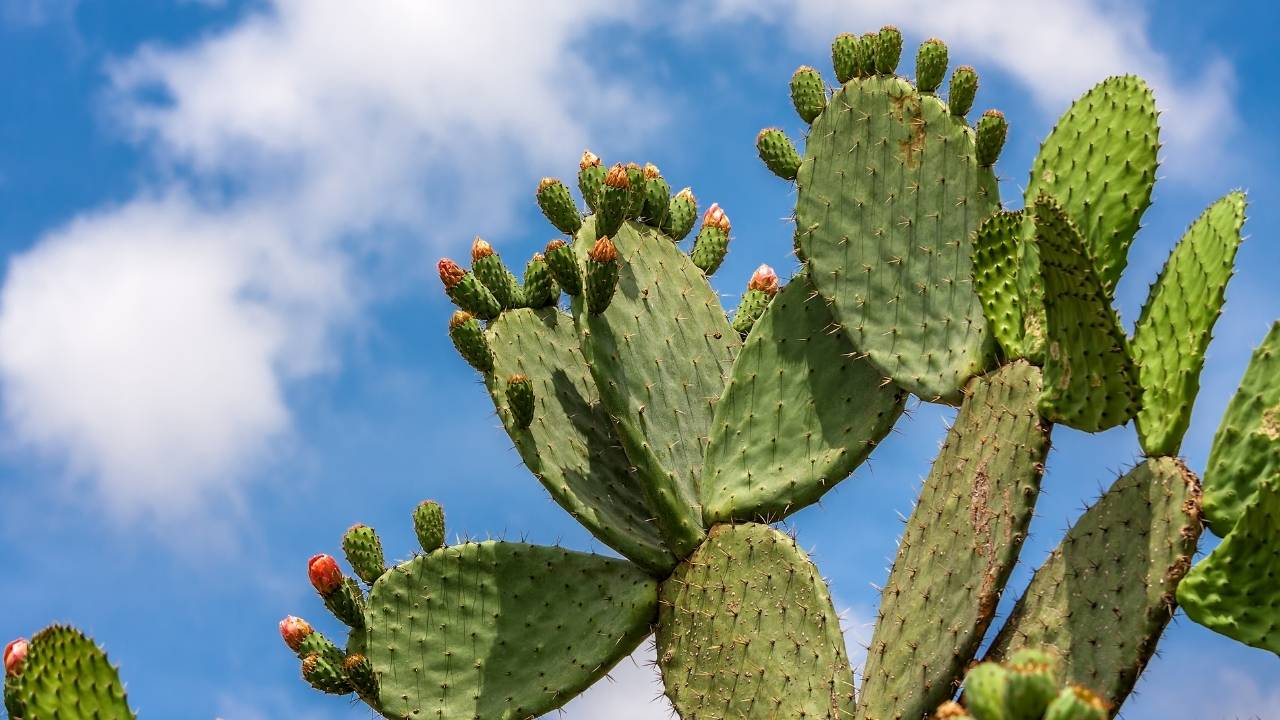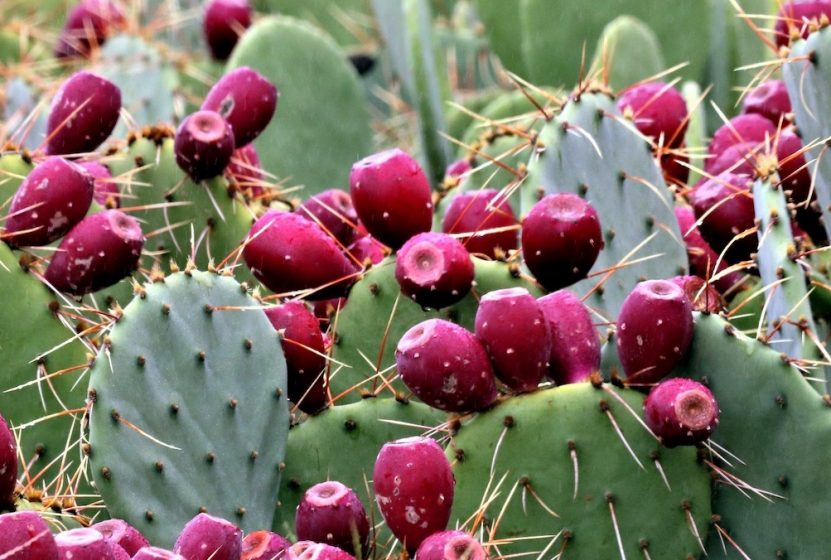
This will allow you to better control the growing conditions and allow the plant to take root and start producing new growth. It is best to allow your cactus to grow in the container for about a year before transplanting it into your garden. If you are having issues with it leaning or falling over, you can use small rocks to help support it. Then place the callused end of the pad one to two inches deep in a container and tamp the soil to help the pad stand upright. Leave them out for about a week to allow the cut to dry and form a callus. Once you have cut the number of pads you wish to propagate, lay them out in a dry, shady area away from children and pets. Be careful not to cut into the plant below where the pad is attached, since this can damage the plant. Choose a healthy pad and use gloves and a sharp knife to hold the pad and remove it from the plant by cutting above where it attaches to the plant. You will first need to acquire your cutting, which you can do through foraging or asking someone who has an established plant. If you want to start your own cactus, the easiest way to do this is through propagation using a cutting. It is best to transplant prickly pears in spring, but if you are in a dry, arid area of Southern California, you really should be fine to transplant your cactus any time of the year.
CACTUS FRUIT FULL
Established plants can handle full sun all day and require minimal water. Purchasing a young plant at a nursery is, of course, the easiest way to get started and simply requires transplanting your cactus to a sunny spot with well-draining soil. You have three options for this: starting from seed, propagating from a cutting, or purchasing a young plant at your local nursery. Once you have decided whether you are growing your cactus in the ground or in a container, you will need to decide how you want to start your cactus. If you are working with heavy, clay soil that is slow draining and retains moisture, consider mixing in some peat moss or sand to improve soil structure.

Opuntia cactus will tolerate less-than-ideal soil, but they do prefer well-draining, sandy or loamy soils and may not do as well in some areas of coastal Southern California where there is heavy, clay soil unless you amend it to improve drainage. When growing prickly pears in containers, you will need to transplant them into larger pots whenever the cactus gets rootbound. For better drainage, you can start with a layer of gravel at the bottom of the container. If you are growing in a container, choose a succulent and cactus mix for your soil and make sure the container has drainage holes.

Prickly pears can be grown in containers or in the ground.
CACTUS FRUIT HOW TO
The first step in how to grow prickly pear cactus is to determine where you want to grow your cactus. One important note before we talk about how to grow prickly pear cactus: Because they have harmful spines and glochids, prickly pear cactus should not be grown in areas where children or animals spend time. They require little water, are drought tolerant and are an attractive addition to low-water, low-maintenance landscaping. Prickly pears are easy to grow and will grow well in most areas of Southern California. While you can forage for the fruits and pads or purchase them at grocery stores, you may be interested in growing your own opuntia cactus to harvest the fruits or leaves to eat at home or share with friends. The pads (also known as paddles or leaves) and the fruits of these cacti are culinary staples for communities indigenous to these areas and are used in traditional medicine as a natural remedy for a variety of ailments. The opuntia genus of the cactus family, more commonly known as prickly pear cacti, are native to the Americas and are found in the largest populations in Mexico and dry, arid regions of the western and southern United States.


 0 kommentar(er)
0 kommentar(er)
